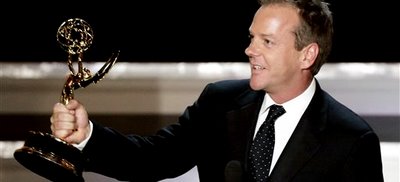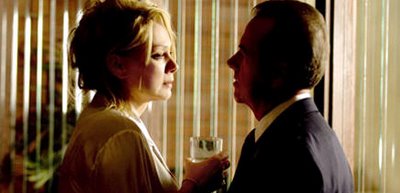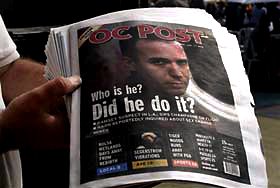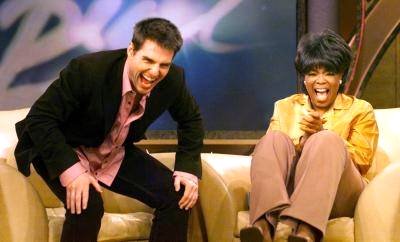
The old stumper about whether or not a tree makes noise when it falls unheard by people gained new applications for me while watching Robert Redford’s ‘Lions for Lambs.’ Commercially, this Socratic-method look at personal responsibility in the era of Bush’s War on Terror, had fallen on deaf ears. Despite above-the-title stars Meryl Streep, Tom Cruise and Redford (acting and directing) – audiences quickly cooled to the November 2007 release, leaving it with $15 million in domestic business. Fortunately, foreign sales were triple that and the film brought in nearly double its $36 million production budget.
More damning was the response. Websites Yahoo and boxofficemojo averaged the grade from movie critics at C+ and the audience’s at D+.
I found the dialectics gave the Hollywood film a rare stage intimacy. The isometrics of muscular intellects going at each other from opposing views requires precision and power. Unfortunately, film critics were as disinterested in these onscreen dramatic face-offs as society is of their theatrical counterparts. Los Angeles Times Critic Carina Chocano put it clearly, "...looks like a stage play and plays like a policy debate."
Interestingly, buried within Redford’s quiet message was a tribute to the silent sacrifices of Americans who fall out of earshot on the battlefield. In the climatic scene, two GIs are cut down on a frozen Afghan peak. They are alone after Taliban fighters ambushed a U.S. helicopter before it could drop off the first platoon of a new, smaller-unit invasion. The shot-up chopper gets away, but not before one soldier is jostled out an open door, followed by his enlistment partner, who jumps to help him. As the enemy circle tightens around them, the men appear to the military personnel watching a satellite transmission, as little more than blackened rice kernels on the snowy screen. Unprotected and unheard, the soldiers gather their strength to stand and face their executioners. Their final words of commitment, like their futures, are lost.
The hour of Afghan night in which this happens is the late-morning hour in Washington when Cruise’s hawkish Senator announces the campaign to Streep’s Cable News reporter. It is also the morning hour in Los Angeles that Redford’s university professor tries to re-ignite the passion for political science a gifted young student has lost.
As their hour winds down, the student, played by Andrew Garfield, confounds his mentor by asking what the difference is between the lack of political involvement of a soldier killed at 19 and a student who does not participate.
Redford’s character is speechless, but his film answers osmotically. The difference lies beneath the surface, beyond sight or sound, in purpose. The soldiers – former students of Redford’s character – had had a political and social agenda that began with Afghanistan. Their lives had purpose, even if no one was listening. Like them, the film has purpose, even if the majority of audiences turn a deaf ear. Finally, the art form of theater that is recalled here in its truest, most articulate form, survives despite continuing to slide under America’s popular culture radar. Because it has a passionate purpose, it succeeds, whether people listen, and whether those listening actually hear it for what it is.
Photo: Michael Peña, Derek Luke take the fall in 'Lions for Lambs'














